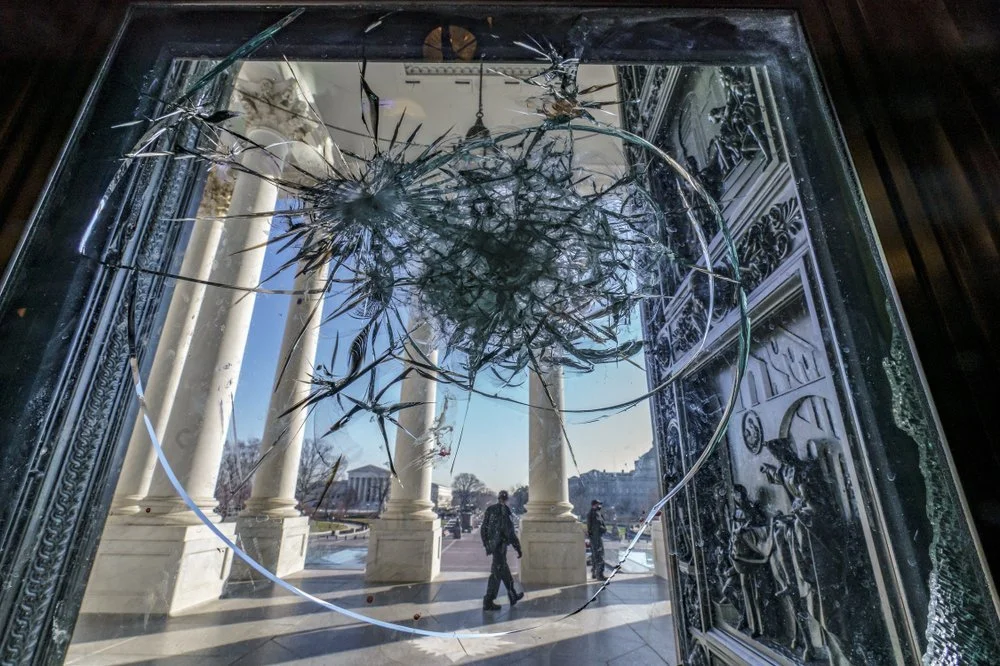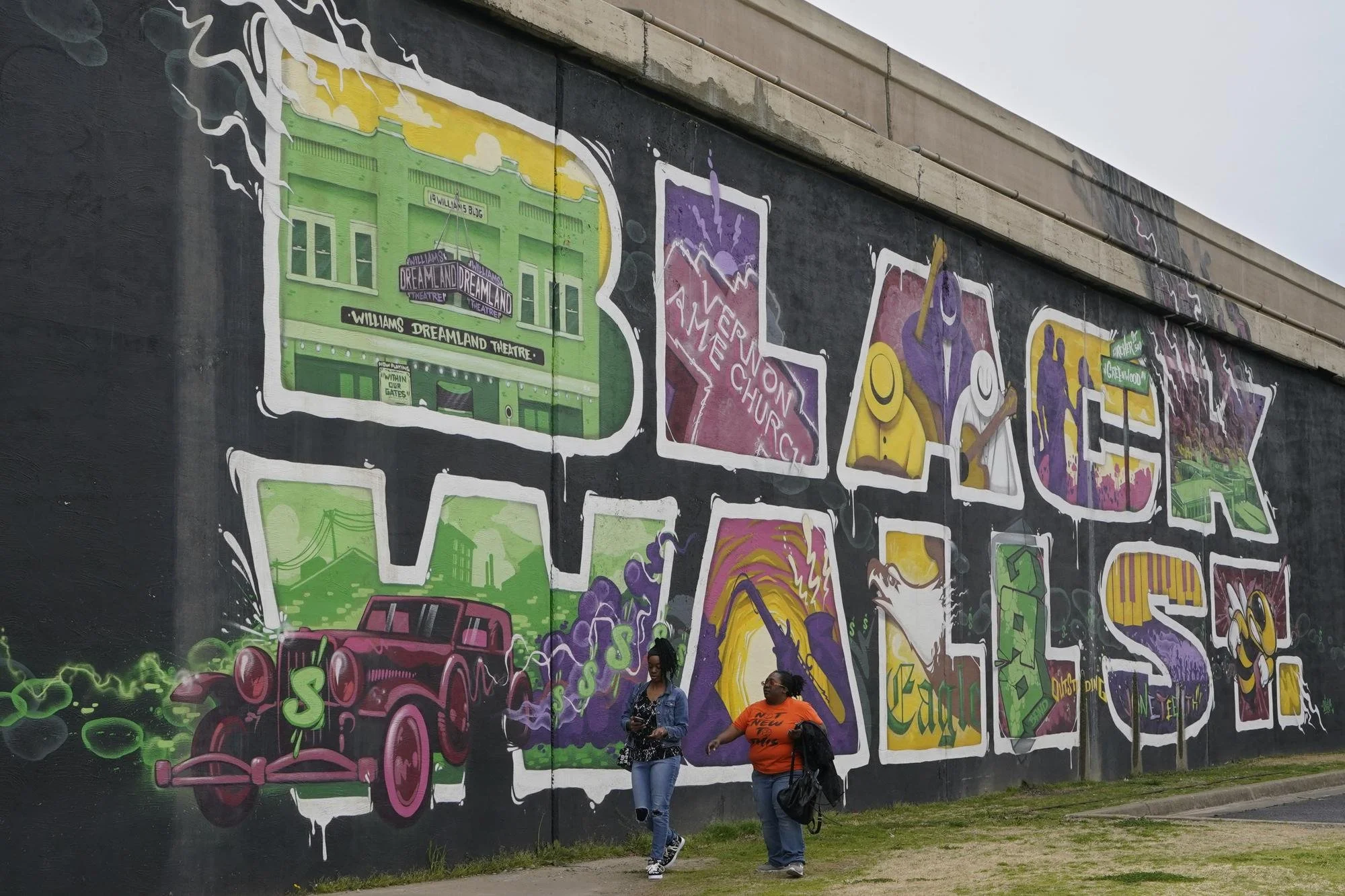America's Raging Race War
The Associated Press | Published Feb. 5, 2021
Analysis: A race war evident long before the Capitol siege
A war rages on in America, and it didn’t begin with Donald Trump or the assault on the Capitol.
It started with slavery and never ended, through lynchings and voter suppression, the snarling attack dogs of Bull Connor and the insidious accounting of redlining.
Today’s battles in the race war are waged by legions of white people in the thrall of stereotypes, lies and conspiracy theories that don’t just exist for recluses on some dark corner of the internet.
People like the murderer who fatally shot nine Black parishioners at a church in South Carolina, telling detectives that Black people were taking over the country and raping white women. And the shooter who killed 23 and wounded 23 others at a Walmart in El Paso, Texas — targeting Mexicans, authorities say, because he believed they were invading the country to vote for Democrats.
And the riotous mob, rife with white supremacists, that bought in when Trump and others insisted falsely that the presidential election was stolen, mostly in areas where people of color live and vote.
For a very long time, civil rights leaders, historians and experts on extremism say, many white Americans and elected leaders have failed to acknowledge that this war of white aggression was real, even as the bodies of innocent people piled up.
Racist notions about people of color, immigrants and politicians have been given mainstream media platforms, are represented in statues and symbols to slaveholders and segregationists, and helped demagogues win elections to high office.
The result? A critical mass of white people fears that multiculturalism, progressive politics and the equitable distribution of power spell their obsolescence, erasure and subjugation. And that fear, often exploited by those in power, has proven again and again to be among the most lethal threats to nonwhite Americans, according to racial justice advocates.
So how does the nation begin addressing the war of white aggression after countless missed opportunities?
The Rev. William Barber II, a civil rights leader and co-chair of the Poor People’s Campaign, a multiracial coalition that aims to lift millions out of poverty and oppression, said it starts with collectively refusing to have political debates rooted in lies and racist tropes.
“White supremacy, though it may be targeted at Black people, is ultimately against democracy itself,” Barber told The Associated Press. “The collateral damage, when you keep unleashing the lies, sow the wind and pour this poison into the veins of people, is the system becomes so septic that violence spews out of it.”
After taking the oath of office on the very platform that some in the mob scaled to breach the Capitol, President Joe Biden acknowledged the danger of doing nothing about systemic racism and violence born of hate.
“A cry for racial justice some 400 years in the making moves us,” he said. “A cry that can’t be any more desperate or any more clear. And now a rise of political extremism, white supremacy, domestic terrorism that we must confront and we will defeat.”
Historically, white supremacy has advanced in lockstep with fears of Black political power. After the Civil War, when formerly enslaved people got the right to vote and hold office, the white response included Jim Crow segregation, voter suppression and oppression through law enforcement.
The Jan. 6 Capitol riot occurred the same day that Georgia declared the winners of its runoff elections — Democrats Raphael Warnock and Jon Ossoff, the first Black and Jewish candidates the Southern state had ever sent to the U.S. Senate. And it happened as Inauguration Day approached for Kamala Harris, the first Black and South Asian person sworn to serve as vice president.
It should not go unnoted that at least one large Confederate flag was waved by the Capitol trespassers.
To many in that mostly white mob, nonwhite Americans wielded an inconceivable amount of political influence in the last election, threatening the primacy of white rule. When white supremacism is challenged, its defenders deliberately sow division in service to the old order, Barber said.
“This kind of mob violence, in reaction to Black, brown and white people coming together and voting to move the nation forward in progressive ways, has always been the backlash,” he said.
Oren Segal, vice president of the Anti-Defamation League’s Center on Extremism, said addressing the war of white aggression also requires that we stop using benign terms like “culture war” to describe violence that literally kills Americans.
“All somebody had to do was actually look at the dead bodies and the killers to realize that the threat of domestic white supremacist violence has been with us for quite a while,” Segal said.
Read the full story here.




